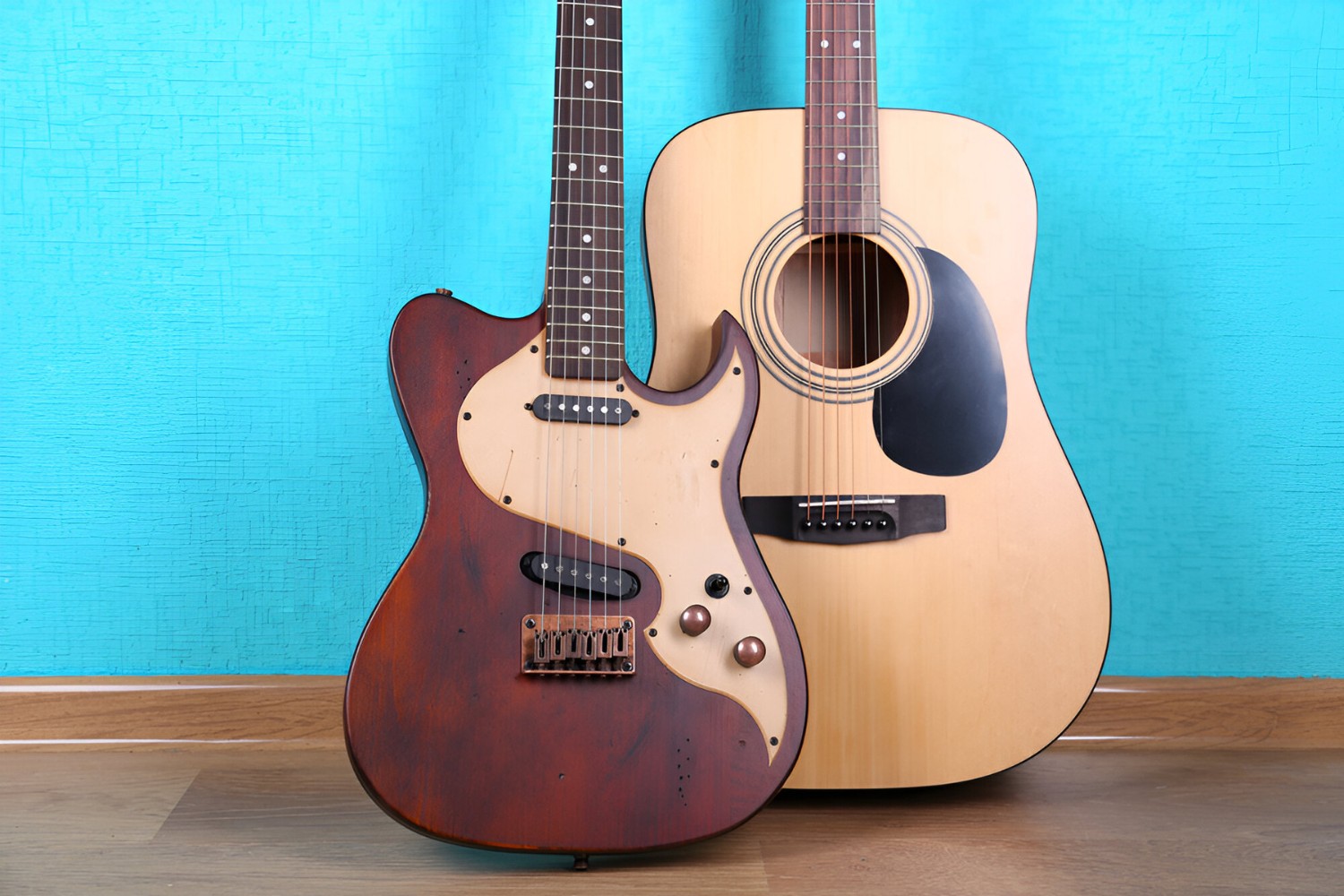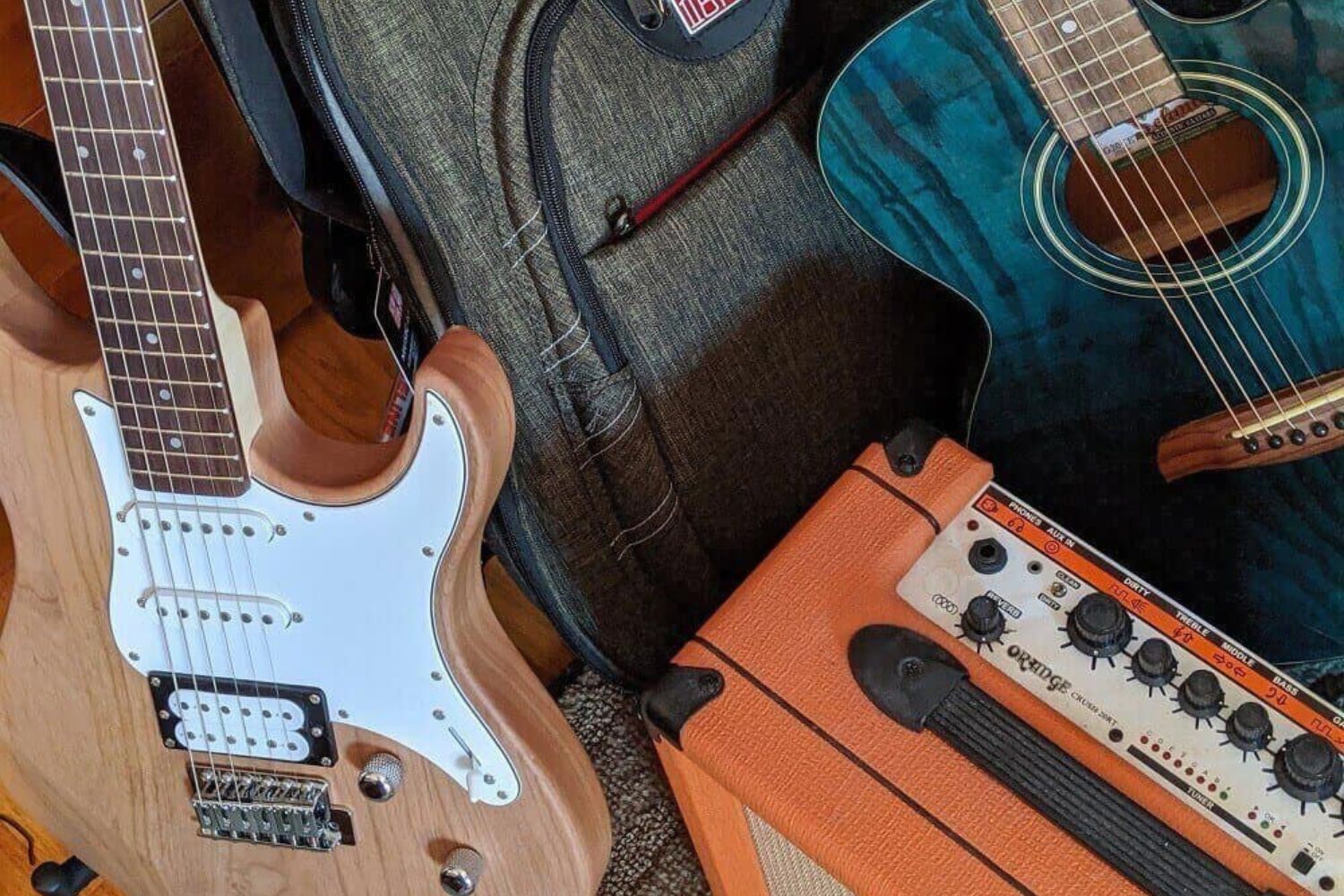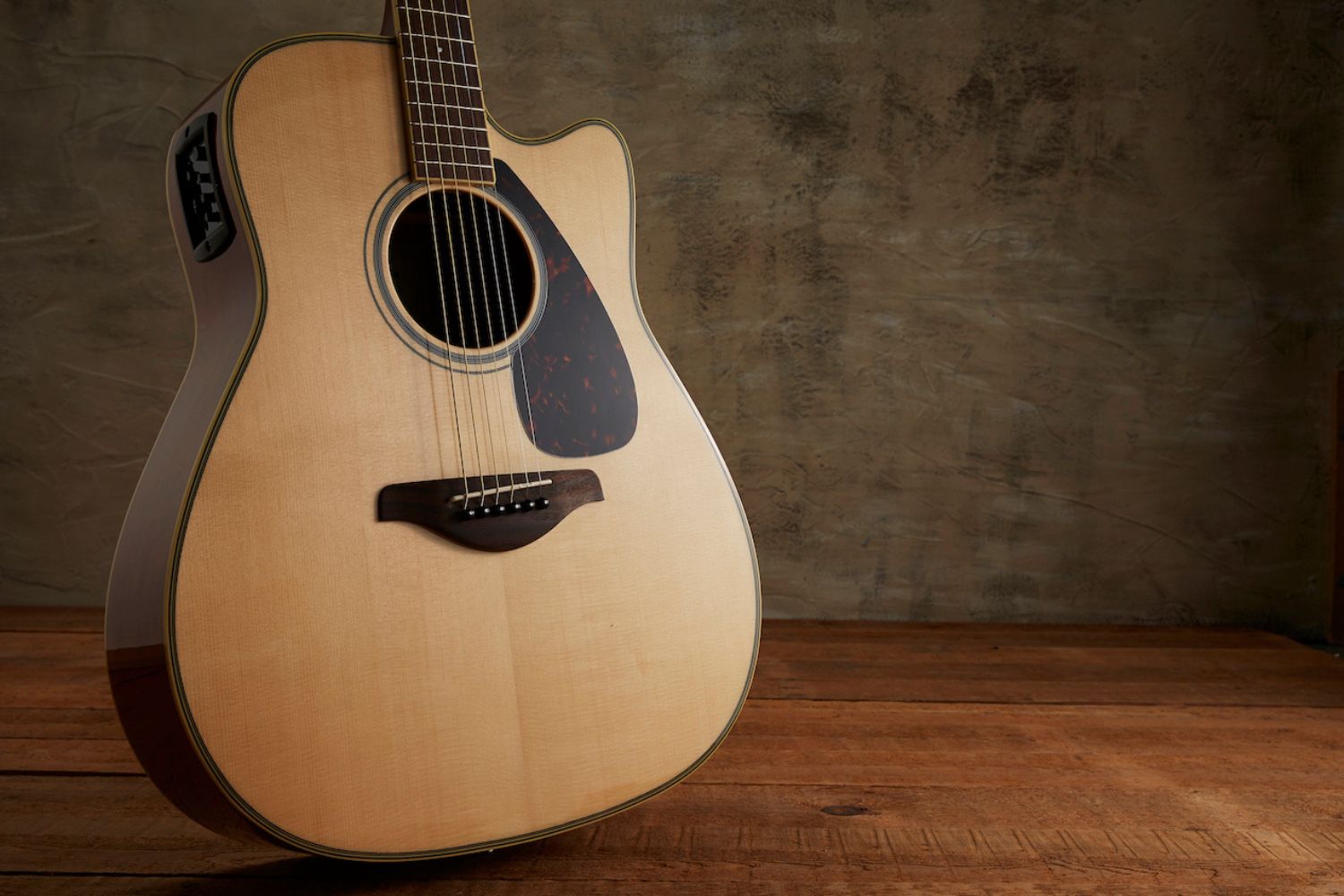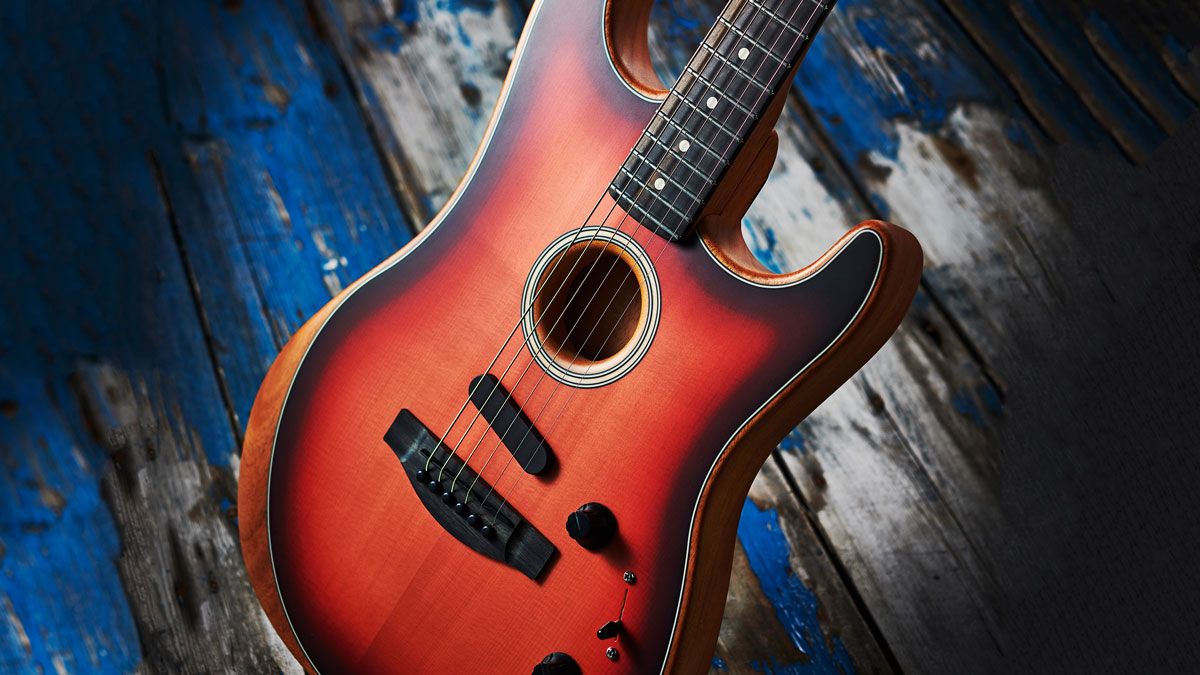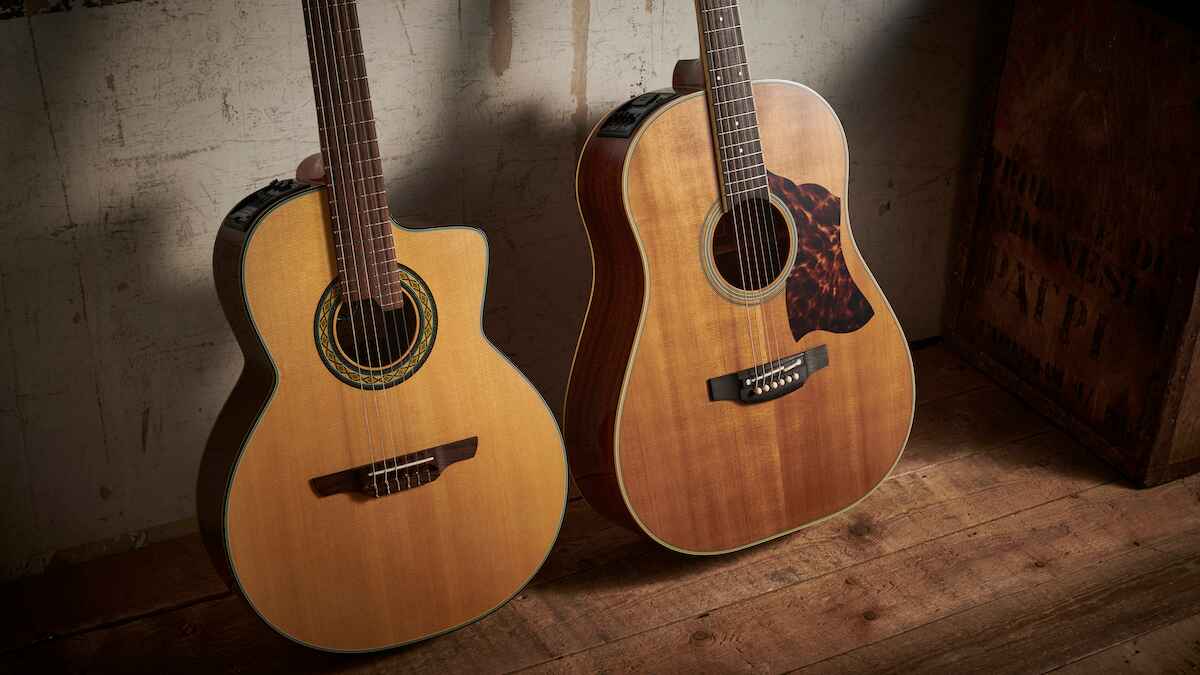Introduction
When it comes to choosing between an acoustic and an electric guitar, aspiring musicians are often faced with a conundrum. Both instruments have their unique appeal, and the decision ultimately boils down to individual preferences, playing style, and musical aspirations. Understanding the differences between the two types of guitars is crucial for making an informed choice. From their physical attributes to the sonic characteristics and learning curves, each type offers distinct advantages and challenges. This article delves into the various aspects of acoustic and electric guitars, aiming to shed light on the fundamental disparities that can influence a musician's decision.
Whether you are drawn to the raw, resonant tones of an acoustic guitar or the versatility and electrifying sound of an electric guitar, each instrument holds its own allure. By examining the physical disparities, sound variations, learning curves, versatility, and maintenance requirements, we can unravel the intricacies of these instruments, enabling aspiring musicians to make an informed decision based on their musical aspirations and playing style. Let's embark on this exploration to discern which type of guitar might be easier for you to master and enjoy.
Physical Differences
One of the most apparent distinctions between acoustic and electric guitars lies in their physical attributes. Acoustic guitars are typically larger and hollow-bodied, producing sound through the vibration of the strings against the hollow chamber. This design results in a rich, resonant tone that is projected acoustically, without the need for amplification. In contrast, electric guitars are generally slimmer and have a solid body, relying on electronic amplification to produce sound. The absence of a hollow chamber means that electric guitars produce a much lower volume when played unplugged, relying on amplifiers to achieve the desired sound levels.
Furthermore, the neck and fretboard of electric guitars are often narrower and the strings are generally lighter, allowing for easier fretting and bending. This aspect can make electric guitars more comfortable for individuals with smaller hands or those who prefer a lighter touch. On the other hand, acoustic guitars typically have heavier gauge strings and a wider neck, which may require more finger strength to press down on the frets and produce clear notes.
The physical disparities between acoustic and electric guitars extend to their weight as well. Acoustic guitars, especially those with larger bodies, tend to be heavier and bulkier than electric guitars. This can be a crucial consideration for beginners, as it may impact the ease of handling and playing comfort, especially during extended practice sessions or live performances.
Sound Differences
The sound disparities between acoustic and electric guitars are striking and significantly influence a musician’s preference. Acoustic guitars produce a warm, natural, and resonant sound that is characterized by rich overtones and a full-bodied tonal quality. This acoustic resonance is a result of the instrument’s hollow body, which amplifies the vibrations of the strings, creating a distinctive sound that is well-suited for genres such as folk, country, and singer-songwriter music.
In contrast, electric guitars offer a diverse sonic range, owing to the ability to manipulate the sound through amplifiers, effects pedals, and various pickups. The sound of an electric guitar is often described as dynamic, versatile, and capable of achieving a wide spectrum of tones, ranging from clean and mellow to aggressive and distorted. This adaptability makes electric guitars a popular choice for genres such as rock, blues, jazz, and metal, where the ability to shape and modify the sound is integral to the musical expression.
Another notable distinction lies in the volume levels and projection of sound. Acoustic guitars naturally produce a louder and more resonant sound when played unplugged, making them suitable for intimate performances or impromptu jam sessions. In contrast, electric guitars require amplification to reach their full sonic potential, allowing for control over volume levels and the ability to shape the tone through equalization and effects.
Moreover, the sustain and decay of notes differ between acoustic and electric guitars. Acoustic guitars are known for their natural sustain, allowing notes to ring out for a longer duration, while electric guitars often rely on amplification and effects to achieve sustained notes. This distinction influences the playing style and techniques employed by musicians, contributing to the unique sonic characteristics of each instrument.
Learning Curve
When it comes to the learning curve, both acoustic and electric guitars present distinct challenges and advantages for aspiring musicians. Acoustic guitars are often recommended for beginners due to their simplicity and the tactile nature of learning on an instrument that does not rely on amplification. The acoustic guitar’s larger neck and heavier gauge strings can help build finger strength and dexterity, which are essential skills for mastering the instrument. Additionally, the acoustic guitar’s unforgiving nature in terms of sound projection encourages precision and control, as any mistakes or inconsistencies are immediately noticeable.
On the other hand, electric guitars offer a different learning experience. The narrower neck and lighter strings can make fretting and chord transitions more manageable for beginners, potentially reducing initial finger discomfort. Furthermore, the ability to manipulate the sound through amplifiers and effects pedals can be both inspiring and overwhelming for novices. While this versatility opens up a world of sonic possibilities, it also adds layers of complexity to the learning process, requiring an understanding of equipment and sound manipulation in addition to fundamental playing techniques.
Another factor that influences the learning curve is the musical styles associated with each instrument. Acoustic guitars are often linked to folk, country, and singer-songwriter genres, emphasizing fingerpicking, strumming, and chord progressions. This focus on traditional techniques can provide a solid foundation for beginners, fostering an understanding of rhythm, melody, and harmony. In contrast, electric guitars are synonymous with rock, blues, jazz, and metal, where techniques such as power chords, bending, and soloing take center stage. The learning path for electric guitarists often involves mastering these techniques alongside an exploration of amplification and effects, adding layers of complexity to the learning journey.
Versatility
When it comes to versatility, electric guitars hold a distinct advantage over acoustic guitars due to their ability to produce a wide array of tones and styles. Electric guitars are highly adaptable, allowing musicians to explore genres ranging from clean, melodic passages to heavily distorted, aggressive riffs. The use of effects pedals, amplifiers, and various pickups enables electric guitarists to sculpt their sound, experiment with different textures, and create sonic landscapes that transcend traditional acoustic boundaries.
Furthermore, the electric guitar’s capacity for sustained notes, feedback manipulation, and dynamic expression adds depth and dimension to performances, making it a versatile instrument for stage presence and musical experimentation. Its seamless integration with modern recording techniques and electronic music production further enhances its adaptability, allowing for innovative sonic explorations in various musical genres.
On the other hand, acoustic guitars exhibit their own brand of versatility, rooted in the instrument’s organic and raw acoustic sound. The acoustic guitar’s inherent resonance and warmth make it well-suited for intimate solo performances, ensemble playing, and unplugged settings. Its portability and self-sufficient nature enable musicians to effortlessly transition from practice sessions to impromptu jam sessions, making it an ideal instrument for communal music-making.
Moreover, the acoustic guitar’s versatility extends to its role in songwriting and composition. Its simplicity and directness inspire musicians to craft melodies, harmonies, and lyrics, often forming the backbone of many timeless compositions. The acoustic guitar’s ability to convey emotion and storytelling through its natural, unadorned sound adds a layer of versatility that resonates with audiences across various musical genres.
Maintenance and Cost
When considering maintenance and cost, both acoustic and electric guitars present distinct considerations that can influence a musician’s decision.
Acoustic guitars are generally lauded for their low maintenance requirements. With no need for amplification or electronic components, acoustic guitars are relatively straightforward to maintain. Regular care such as string changes, occasional fretboard conditioning, and humidity control to prevent warping are the primary upkeep tasks. This simplicity makes acoustic guitars an attractive option for musicians who prefer a fuss-free maintenance routine and minimal associated costs.
On the other hand, electric guitars require additional maintenance due to their electronic components and amplification needs. Factors such as pickup adjustments, intonation setups, and periodic inspection of cables and connections contribute to the maintenance demands of electric guitars. Additionally, the reliance on amplifiers and effects pedals introduces an additional layer of maintenance and associated costs. Regular maintenance of amplifiers, pedalboards, and cables is essential to ensure optimal performance and sound quality.
Cost considerations also play a pivotal role in the decision-making process. Acoustic guitars are often perceived as more cost-effective, especially for beginners, as they eliminate the need for additional amplification and related accessories. The initial investment in an acoustic guitar typically covers the instrument itself, a protective case, and essential accessories such as a tuner and spare strings. This straightforward setup can be financially advantageous for individuals who are mindful of their budget.
Conversely, electric guitars entail additional costs associated with amplifiers, effects pedals, cables, and possibly maintenance services for electronic components. The cumulative expenses of assembling a complete electric guitar setup can surpass the initial investment in the instrument alone. While the versatility and sonic potential of electric guitars are undeniable, the associated costs and maintenance requirements should be factored into the decision-making process, particularly for beginners or budget-conscious musicians.
Conclusion
Ultimately, the choice between an acoustic and an electric guitar hinges on a myriad of factors, each carrying its own weight in the decision-making process. The physical disparities, sound variations, learning curves, versatility, and maintenance requirements of these instruments collectively shape the playing experience and musical journey of aspiring guitarists.
For those drawn to the raw, resonant tones of acoustic guitars and the simplicity of an unplugged playing experience, the allure of acoustic instruments may be irresistible. The tactile nature of acoustic guitars, the straightforward maintenance, and the organic sound make them an appealing choice for beginners and seasoned musicians alike. The acoustic guitar’s intrinsic connection to genres such as folk, country, and singer-songwriter music further solidifies its place as a timeless and versatile instrument.
On the other hand, the electrifying sound, dynamic range, and adaptability of electric guitars offer a compelling proposition for musicians seeking sonic exploration and versatility. The ability to shape and manipulate the sound, coupled with the instrument’s seamless integration with modern musical technology, positions electric guitars as powerful tools for musical innovation and self-expression.
Ultimately, the “easier” instrument is subjective and dependent on individual preferences, playing style, and musical aspirations. While acoustic guitars may offer a simpler learning curve and lower maintenance demands, electric guitars present unparalleled sonic possibilities and adaptability. Aspiring musicians are encouraged to consider their musical goals, preferred genres, and playing comfort when making this pivotal decision, allowing their passion for music to guide them toward the instrument that resonates with their artistic vision.







